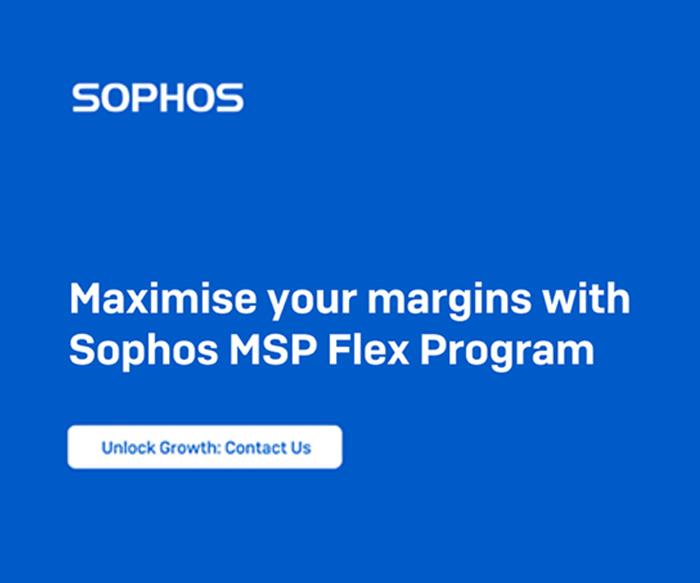
A hybrid IT infrastructure has become the primary model for Asia Pacific enterprises environments as CIOs make strategic investments that move many applications, infrastructure, and systems to the cloud while extracting more value from existing assets.
As enterprises adopt new technologies from multiple vendors, the IT architecture can become more complex and vulnerable to security issues if it isn’t supported by proven processes. CIOs must adapt IT management strategies to their environment by standardizing tools and protocols for handling duplicate capabilities and developing a roadmap for success.
Staffing for building and operating hybrid IT must also receive consideration and evolve to leverage the cloud and non-cloud components of the hybrid IT environment effectively. These best practices for addressing the functional side of transformation will support the hybrid infrastructure in driving business goals.
Be strategic about decisions to use cloud or on-premise solutions
IT leaders must clearly state the company’s cloud strategy to internal stakeholders to ensure that they understand which capabilities should and should not be put in the cloud. For example, systems that require a high level of customization or do not rely on internet connectivity to access software are not the best candidates for the cloud.
Shifting ERP applications to the cloud via a lift and shift to IaaS can provide flexibility and agility, while allowing companies to continue extracting value from application licenses.
Front-end applications that connect to customers and suppliers, are more likely candidates for SaaS, where a digital presence can create competitive advantage or fuel growth. Systems that are low in complexity and are likely to change frequently in order to remain relevant are also good candidates for SaaS.
Governance and security processes should also be modified to support the approach to selecting new applications. A cloud-first strategy may be established for customer-facing applications while a ‘best fit for purpose’ approach may be applied to high volume, tightly integrated, or highly sensitive applications.
None of this will matter without a governing mechanism to ensure that the rules are followed. Creating and constantly updating these frameworks allows organizations to make the adoption of new applications faster and more efficient.
Teach staff the skills required to operate in a hybrid IT environment
To maintain a hybrid IT environment while some applications transition to the cloud, CIOs must ensure that skills such as platform management and cross-silo engineering are formalized or expanded.
However, it is hard to find professionals with cloud-to-cloud and cloud-to-non-cloud integration skills. For companies that have not conducted much outsourcing, experts in areas such as vendor management, service contracting, and service management will also need to be trained or acquired.
Retraining employees on how to manage cloud applications, rather than hiring skilled staff can help IT leaders retain employees.
Simplify support services
Many software vendors only support their own code and do not typically own or service customizations or integrations. Multiple vendors in a hybrid IT portfolio may also have incompatible SLAs.
When service is required, or an incident occurs in a multi-vendor solution, a unified approach to coordinating support services can reduce finger pointing from the vendors as well as improve support service times and solution quality.
In a non-cloud environment, the company has almost total control over how support services are delivered, but in a hybrid environment, the vendors are in control of how and when some critical support activities happen.
For example, one cloud vendor may only refresh its test environment monthly. Another may restrict the number of test runs allowed per month. Either policy can impact an urgent need for a synchronized cross-vendor test – this is only one aspect of support that can be affected in the hybrid model.
Processes and governance across systems must be compatible with all vendors’ internal processes and governance.
Companies need to clearly identify the support services they own, the vendors own, and the services that need to be negotiated. This concept of addressing the middle ground applies to every vendor that is added to the hybrid IT environment.
Organizations should consider a managed services model for operating and managing the portfolio. This minimizes the disruption and accountability issues that can occur when multiple providers are independently responsible for only individual parts of the whole solution.
The benefits of a hybrid IT environment are significant but it is important to address critical success factors proactively. Adopting these best practices improves the possibility of transitioning to and managing a hybrid IT model successfully.
The author is vice president for market research at Rimini Street




